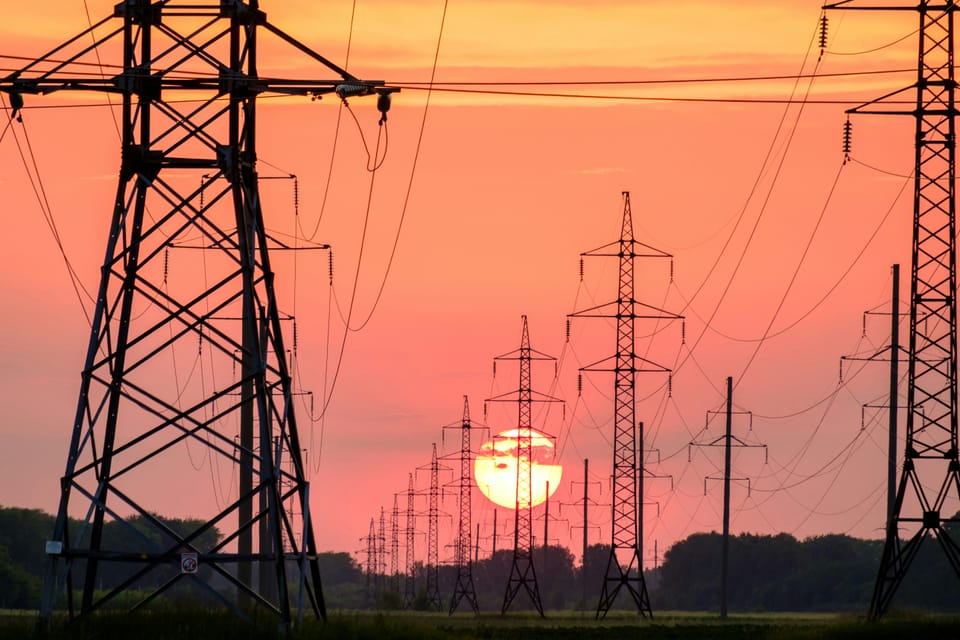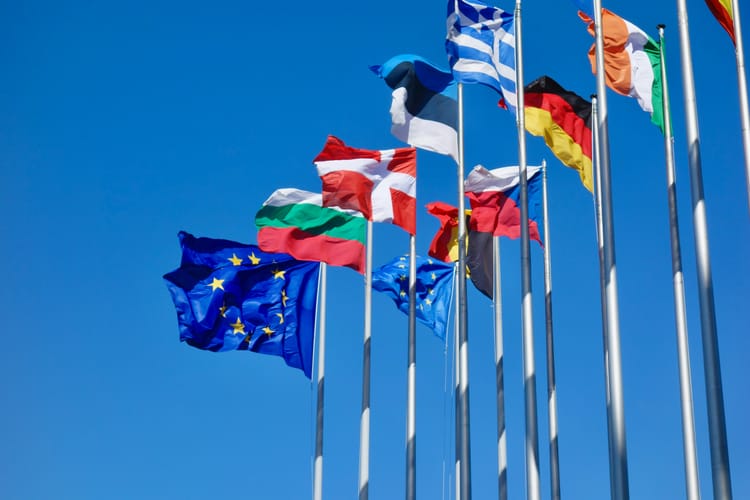World Energy Outlook: Action needed to reduce critical minerals concentration risks

In the 2025 World Energy Outlook, the International Energy Agency (IEA) argues that governments should take “strong action” to diversify sources of critical minerals in order to preserve energy security, as electricity demand is set to grow much faster than previously anticipated.
In the report released this week, the IEA states that electricity demand will grow much faster than overall energy use in all three scenarios – respectively based on current policies, stated policies and a net zero by 2050 outlook.
This means that securing the supply of critical electrification minerals like copper, lithium, nickel and others is crucial for all countries, making current market concentration a significant risk. “Traditional energy risks affecting the security of oil and gas supply are now accompanied by vulnerabilities in other areas, most visibly in supply chains for critical minerals due to high levels of market concentration. A single country is the dominant refiner for 19 out of 20 energy-related strategic minerals, with an average market share of around 70%,” the IEA warns, adding that diversifying supply will be a slow process requiring strong government action.
Read also: Critical minerals concentration could jeopardise energy transition
Investment in data centres outpacing investment in oil supply
Electricity currently only represents around 20% of final energy consumption globally, but this share is rising rapidly, partly due to the accelerated deployment of artificial intelligence (AI).
“In a break from the trend of the past decade, the increase in electricity consumption is no longer limited to emerging and developing economies. Breakneck demand growth from data centres and AI is helping drive up electricity use in advanced economies, too. Global investment in data centres is expected to reach US$580 billion in 2025. Those who say that ‘data is the new oil’ will note that this surpasses the US$540 billion being spent on global oil supply – a striking example of the changing nature of modern economies,” explained Fatih Birol, IEA executive director.
To meet this demand, the agency expects renewables to grow faster than any other major energy source in all scenarios, but also notes that global nuclear power capacity is set to increase by at least a third by 2035.
As a result of this growing electrification, another pivotal risk for future energy supply is grid stability, with the development of new grids, energy storage and other sources of power system flexibility seen as a crucial measure. The IEA warns that some of these elements are lagging: while investments in electricity generation have increased by almost 70% since 2015, annual grid spending has risen at less than half that pace.
Mining circularity and public-private partnerships are key
Reacting to the report, Taryn Fransen, Director of Global Research and Data at the World Resources Institute (WRI) Polsky Center for the Global Energy Transition encouraged governments to partner with large corporations to develop clean electricity sources, and to promote more circular mining practices to reduce reliance on new minerals produced largely by one country (China).
“Policymakers and regulators should work with large buyers of electricity – particularly in countries with rapidly growing data centres – to find ways to meet demand without falling back on dirty fuels or driving up costs.
“The clean energy transition depends on critical minerals, but there are risks as countries rush to expand the currently concentrated mining supply chain. Reducing the need for mining through better design and improving recycling and circularity can help manage these risks as we take steps to ensure mining is done responsibly,” she said, encouraging world leaders at COP30 to make “the right decisions” to increase energy security and affordability while reducing emissions.







Member discussion